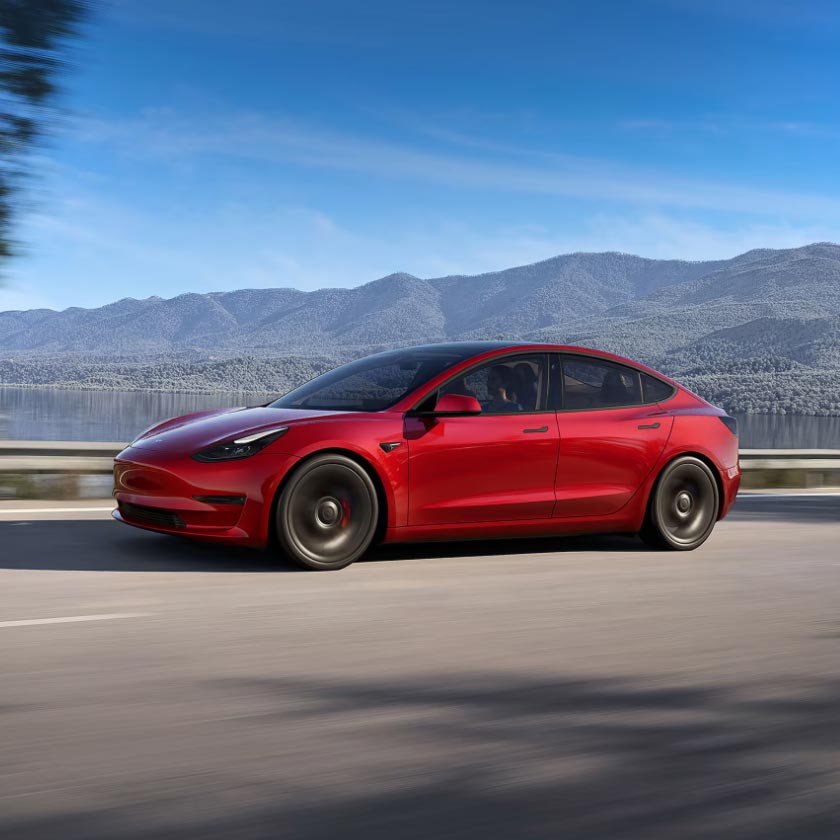Over the weekend, SpaceX's Falcon 9 rocket successfully launched 22 Starlink V2 'Mini' satellites into Low Earth Orbit (LEO). It lifted off at 8:50 p.m. ET on July 23 from Space Launch Complex 40 at the Cape Canaveral Space Force Station in California. The launch comes just a couple days after SpaceX deployed a fleet of 15 V2 Minis also from the West Coast to rapidly enhance the internet network. The Starlink V2 'Mini' satellites, launched as part of the seventh fleet of their kind, represent a significant advancement in satellite technology. They serve as a stepping stone for future second-generation satellites, which will be larger and heavier, to be launched aboard Starship. These V2 Minis boast essential technologies, including more powerful phased array antennas and the utilization of E-band for backhaul, enabling each satellite to offer approximately four times more capacity than their predecessors. As a result, the upgraded Starlink network promises increased bandwidth, higher reliability, and the ability to connect millions more people globally with high-speed internet.
Falcon 9’s first stage has landed on the Just Read the Instructions droneship pic.twitter.com/VBloEKEbcG
— SpaceX (@SpaceX) July 24, 2023
The previously-flown Falcon 9 first-stage that supported this mission is identified as B1076-6 and has now flown six times; It previously launched NASA CRS-26, OneWeb Launch 16, Intelsat IS-40e, and now three Starlink missions. Soon after launching the upper-stage carrying the Starlink satellites to orbit, the booster performed a propulsive landing on the ‘Just Read The Instructions’ autonomous spaceport drone ship situated at sea. With this successful landing, SpaceX has now accomplished an impressive total of 209 landings of orbital-class rockets and reused recovered boosters an astounding 182 times.
Liftoff! pic.twitter.com/pOFdM1l6Yv
— SpaceX (@SpaceX) July 24, 2023
The 15 Starlink V2 'Mini' satellites were released into LEO around 15 minutes after launch. SpaceX's Starlink project aims to create a vast constellation of broadband satellites to provide global high-speed internet coverage. As of now, the constellation consists of 4,519 Starlink satellites in LEO, according to astronomer Jonathan McDowell who closely tracks the satellites. However, the company has permission to launch a total of 12,000 Starlink satellites, with 7,500 of them planned as next-generation Starlink V2 satellites to further boost the network's capabilities and introduce satellite-to-cellular service.

Featured Image Source: SpaceX








